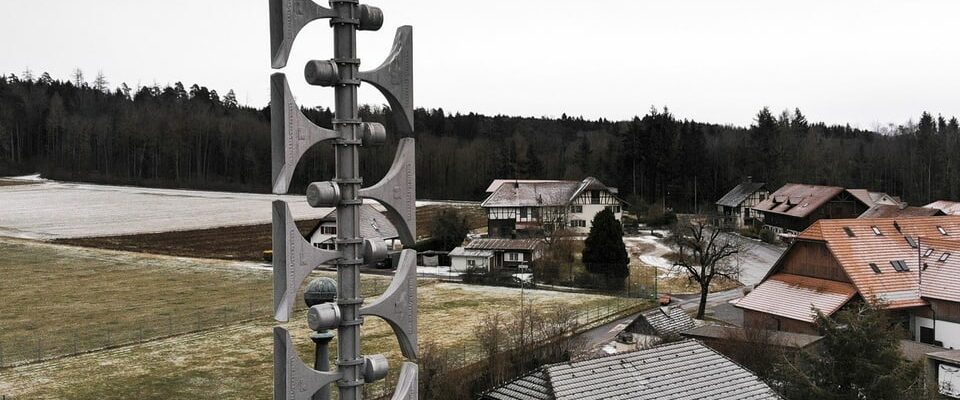Contents
The sirens sound once a year throughout Switzerland, a test in case of an emergency. The most important facts for all cases.
Which sirens are wailing? Two different alarm signals are tested every year on the first Wednesday in February. Normally at 1:30 p.m. the general alarm sounds from around 7,200 Swiss sirens, a regularly rising and falling howling tone. Where necessary, the siren will be tested by 2 p.m. Only some residents hear a second alarm: the water alarm will be tested in the areas below the dams from 2 p.m. Twelve deep, continuous tones howl there, ten seconds apart.
What are reasons for a general alarm? According to the Federal Office for Civil Protection (Babs), the siren alerts in the event of “natural, technological or social” disasters and emergencies, for example radioactivity. Throughout Switzerland, the National Alarm Center (NAZ) can order a siren alarm, otherwise the cantons are responsible. As a rule, an alarm is raised when there is a threat that “endangers the health of numerous people or threatens the basis of life”.
Legend:
Switzerland began building the siren network even before the Second World War. Today only electronic sirens are permitted.
KEYSTONE / Adrian Reusser
How do you react in an emergency? If you hear the “real” water alarm, you should leave the area around the dam immediately. After a general alarm, you should either switch on Radio SRF or use the Alertswiss app (alternatively the Alertswiss website). Both the radio and the app announce the type of emergency and the specific instructions from the authorities. And: To be on the safe side, inform the neighbors straight away.
This is how the app informs: The Alertswiss app, which has been providing information in emergencies since 2018, sends a push with the most important information. It now reaches two million people – that’s how many have installed the app. In an emergency, the app would trigger a siren sound. It also issues regional warnings, for example in the event of drinking water contamination, a power outage or the risk of forest fires.
This is how you can prepare further: If you want to be prepared for various emergencies, Alertswiss provides one Emergency plan in PDF available. From supplies to evacuation to cooking without electricity, all scenarios are listed there with tips. In certain emergencies you should gather at emergency meeting points. If you are looking for the nearest meeting point, you will find it on the website «Notfalltreffpunkt.ch» found it.
Do we still need sirens today? In the age of smartphones and the Swissalert app, the question arises as to whether sirens have long since become obsolete. But not everyone in Switzerland is smartphone savvy. And: Especially in emergencies, the sirens are more fail-safe than mobile communications or the Internet. As Babs spokesman Andreas Bucher put it in 2023: “Sirens work even if the smartphone has been on the ground for a long time.”
Are sirens also used in other countries? The neighboring country of Austria also relies on sirens in an emergency. The Netherlands and Belgium, on the other hand, rely on the use of solutions such as the cell phone warning “Cell Broadcast”, apps or SMS services. In Germany, the sirens were dismantled after the end of the Cold War. Now the siren network is being started up again in many cities. France relies on sirens, especially in critical zones around power plants or special industrial facilities.
